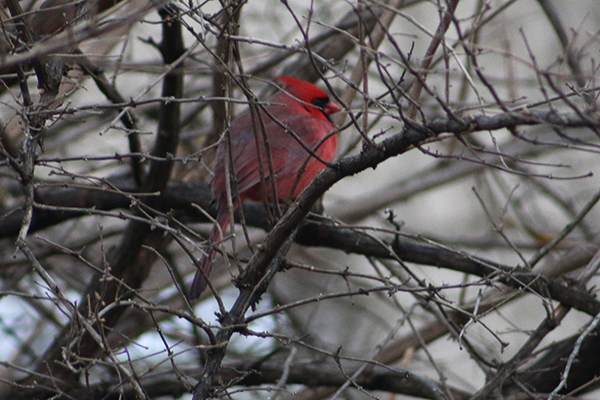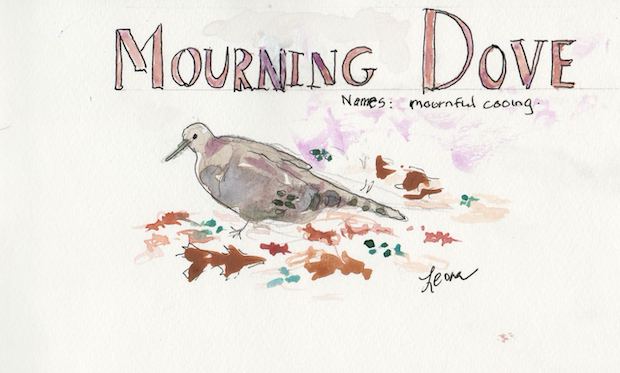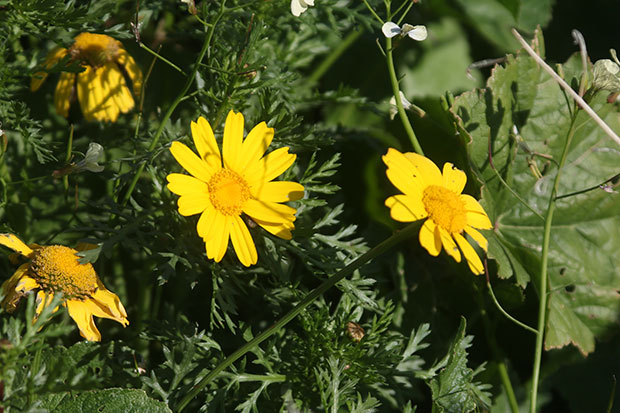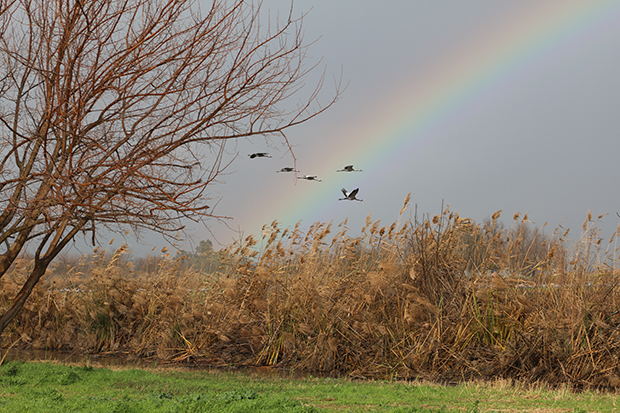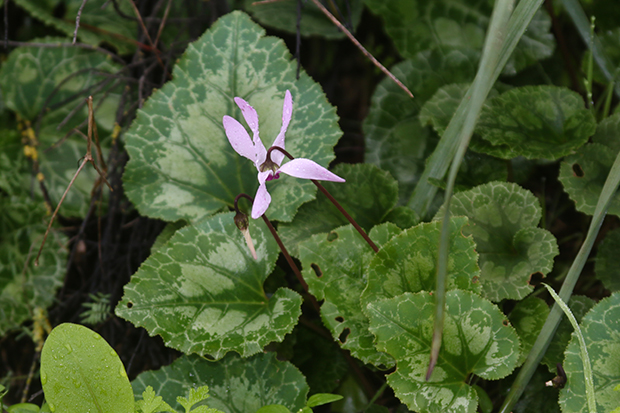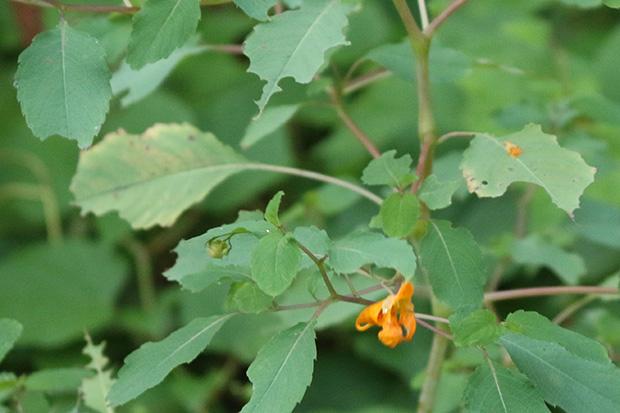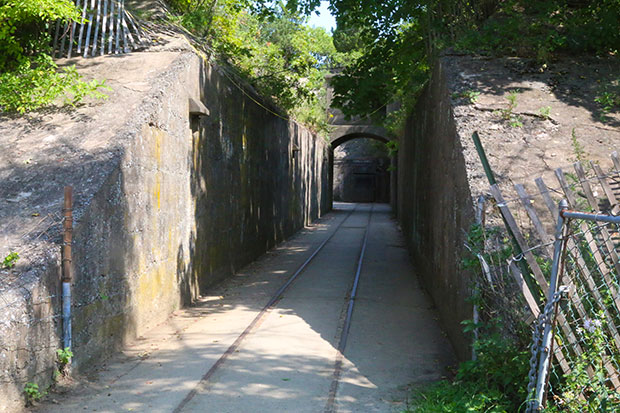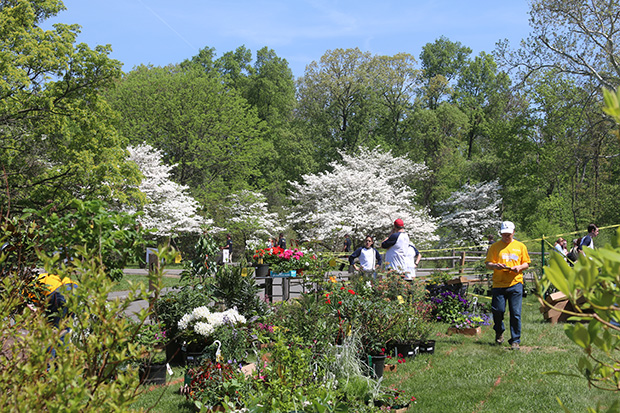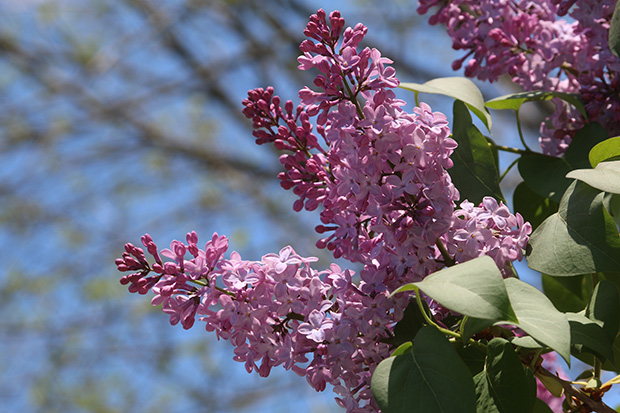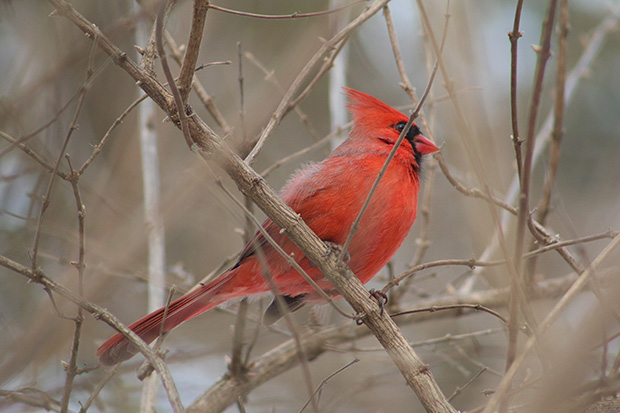It’s the time of year when people post cumulative posts. You know, usually the ones that say Favorites of 2014 or Best Posts of the Last Year or that sort of thing. I decided to post Highland Park backyard birds that I have seen since I started bird watching. Let’s see – I first bought a bird feeder in February 2010; I did find some of my bird photos from 2009. The birds below are listed in alphabetical order – enjoy.
Blue Jay

Blue jays visit every now and then. When they do come, they are sure to make noise and hog the bird feeder.
Cardinal

I took this photo about two weeks ago – cardinals love to visit my backyard when I fill my feeder with black oil sunflower seeds. I see the red in my backyard, and it warms my heart.
Cardinal – Female

Mrs. Cardinal is usually nearby when I spot Mr. Cardinal (above) first. She indeed was there at the same time as the photo taken above.
Catbird

I seem to get catbird visitors in summer months. Pleasant birds: I enjoy the “singing.”
Chickadee

I don’t often see a chickadee – the one above is from February 2012. But they are handsome birds – so I love seeing one!
Downy Woodpecker

I am more likely to hear a woodpecker than see one. The one above was sighted in February 2014.
Finch

This rare beauty (rare for my backyard) was sighted in December 2013. Maybe if I am more diligent this winter with my camera and my feeder, I will find more.
Goldfinch

If you look very carefully, I believe that’s a goldfinch hidden in my echinacea. I saw a few goldfinch this past summer on other echinacea in my neighborhood. I suppose it’s the seeds they are after.
Grackle

I only had the chance to photograph grackle once my backyard. Turns out I had also photographed a grackle way back in 2008 while visiting Ein Gedi in Israel.
Mourning Dove

Mourning doves are birds I see a few times a year in my backyard.
Robin

When I looked up “robin” in my photo collection, I had quite a few choices. We do have robins as fairly frequent visitors in our area.
Sparrow

Sparrows are by far the most common bird in my backyard. I believe most of the ones that I see are house sparrows. I should study the different types of sparrows so I can appreciate them a little more. These three beauties were hanging out together in my backyard tree last week.
Starling

The few times I’ve seen starlings it’s been in a swarm like the one above. I still remember Michelle calling them “snarling starlings.”
Tufted Titmouse

I saw this tufted titmouse in my backyard last week. Tufted titmice aren’t frequent visitors, but when I do see them, they seem to pose and look at the camera. I find them quite cute.
Turkey Vulture

What fun, a swooping wide-winged bird in one’s own backyard. Here is the turkey vulture that visited this past October.
If you want to see a full list of Highland Park birds, and not just the ones I’ve seen and not just Highland Park backyard birds go to Highland Park, New Jersey: Bird Sightings. We have been putting those online since 2001.
For more Nature Notes:

